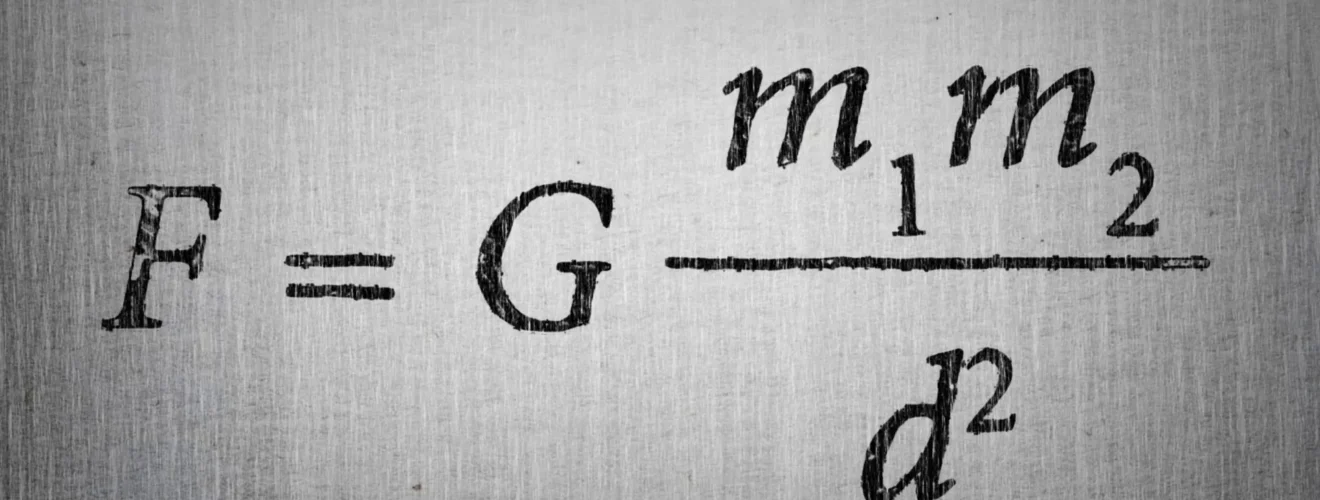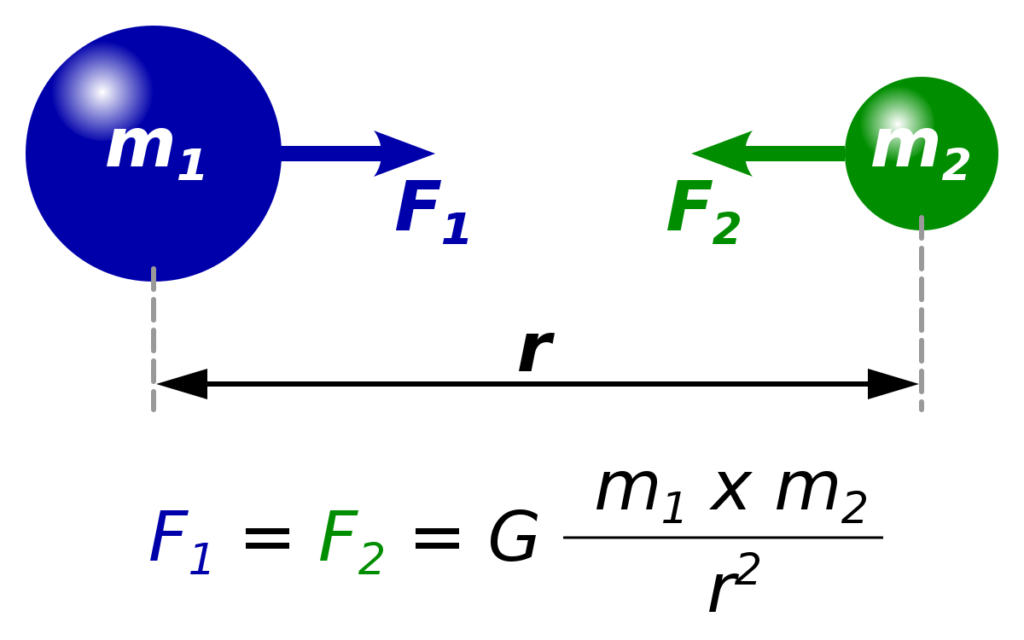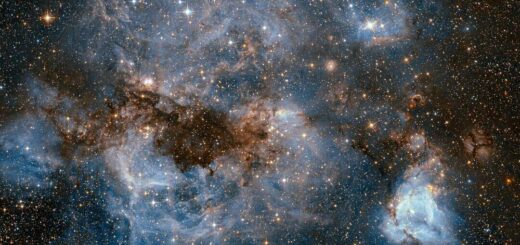Newton’s Law of Universal Gravitation

Newton’s Law of Universal Gravitation states that every particle attracts every other particle in the universe with force directly proportional to the product of the masses and inversely proportional to the square of the distance between them.
Sir Isaac Newton’s law of inertia states an object will continue to move in a straight line unless acted on by another force. But then, how did this explain why the moon orbited the earth? What was the other force? Newton theorized the same force that caused an apple to fall from a tree was also the force that kept the moon in place. Over several years, Newton worked until he had developed the law of universal gravitation, which debuted in his book Mathematical Principles of Natural Philosophy (1869). This idea stood until the concepts of quantum theory and relativity were posed in the mid 19th century.
Universal Gravitation Equation

The constant proportionality (G) in the above equation is known as the universal gravitation constant. Henry Cavendish experimentally determined the precise value of G. The value of G is found to be G = 6.673 x 10-11 N m2/kg2.









